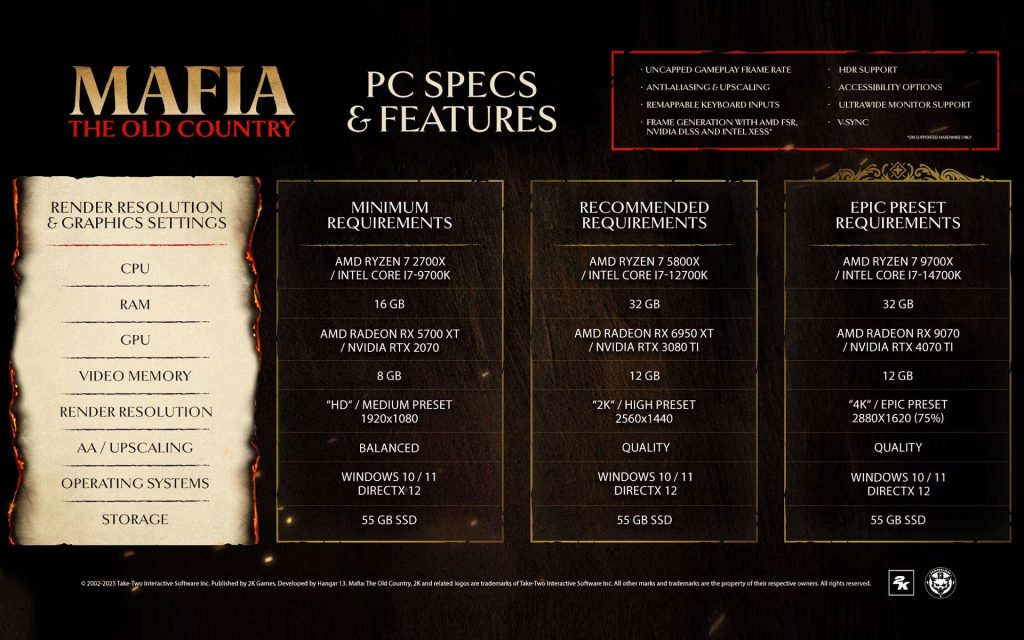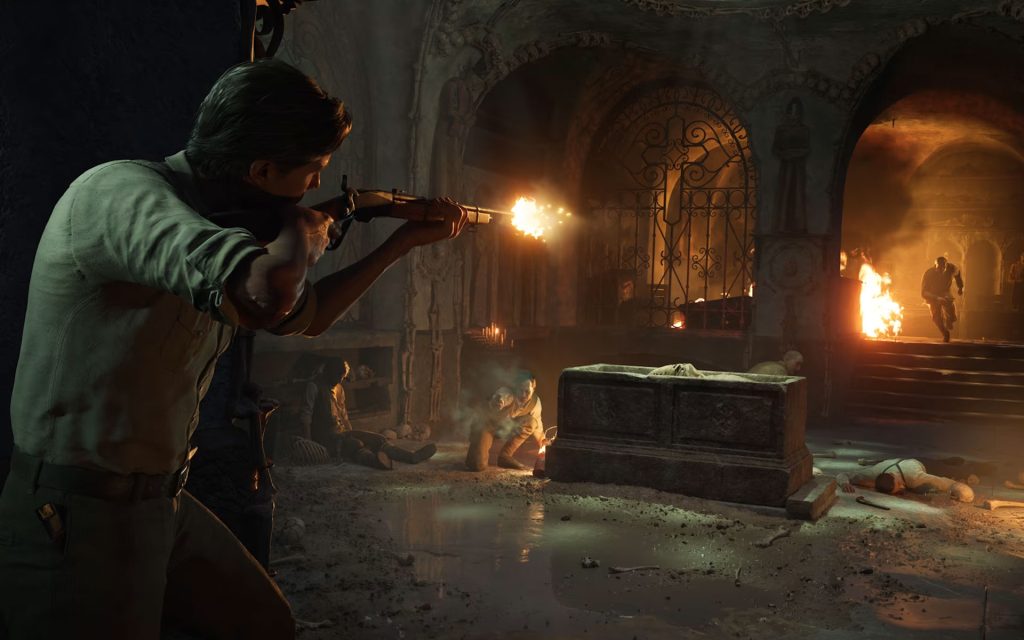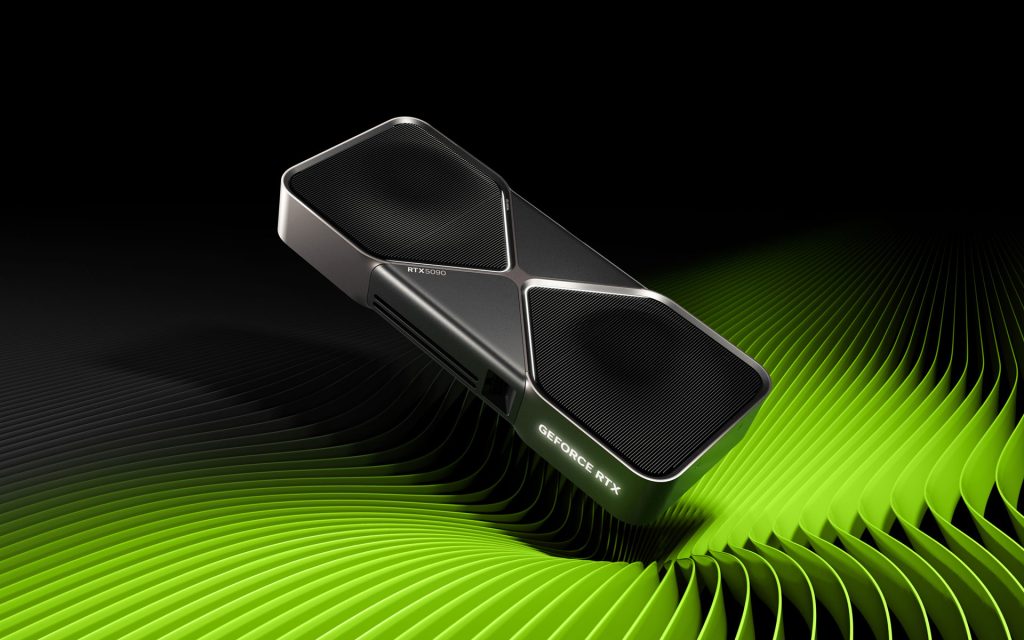Mafia: The Old Country may be setting a dangerous precedent on PC
2K Games’ new title defaults to graphics upscaling on PC – is this to become the new norm going forward?
KOSTAS FARKONAS
PublishED: August 7, 2025

PC games development sure is changing fast these days, having to serve as the common base for other formats on one hand and adjust to 3D graphics acceleration not advancing by leaps and bounds anymore on the other. This would inevitably introduce changes that are more troubling than others. PC games migrating to SSD-only operation, for example, was actually a good thing. Raytracing effects in graphics slowly becoming a requirement was a questionable thing, but still within reason for certain types of modern games. Now, though, it seems that we may have graphics upscaling by default to deal with, if Mafia: The Old Country is any indication.
Yes, you read that correctly: the latest addition to the successful Mafia line of titles is out tomorrow, so 2K Games and developer Hangar 13 published the required specifications for the PC version of the game – but the accompanying table of system specs took a lot of people by surprise. Simply put, every level of performance, regardless of the CPU/GPU combination used, is using graphics upscaling. Every. Single. One.
It’s true: even the “Epic” preset in Mafia: The Old Country is targeting 4K by using “Quality” upscaling from a resolution of 2880×1620 pixels. The “Recommended” preset targets 1440p (upscaled from 960p), while the “Minimum” preset targets 1080p (upscaled from 625p) according to TechSpot. The last preset does not even use “Quality” upscaling, just “Balanced”, which most definitely means that quite a few graphics effects are either toned down or disabled altogether – not to mention that 625p, if it’s indeed accurate, is an embarrassingly low starting point for graphics upscaling in any new PC game by 2025 standards.
Despite naming specific CPUs and GPUs from both Intel/AMD and nVidia/AMD respectively as examples, that chart offers no frame rate targets for the three sets of hardware specs included. Worst of all: there is absolutely no mention of any native resolution target in that table – or in the relevant blog post on 2K’s website – even for PC gamers who own GPUs sporting more than 12GB of RAM.
No. Mafia: The Old Country seemingly just defaults to graphics upscaling via the Unreal Engine’s built-in TSR algorithm regardless of the configuration of the host PC. One has to track down the “Native” option in the Upscaling Mode sub-submenu of the Graphics Settings submenu in the Settings menu in order to deactivate it (obviously assuming one knows it’s there in the first place).

As TechSpot rightly points out, the use of upscaling by default is probably what allows Mafia: The Old Country to run on such a wide range of PC hardware (increasing the chances of it working on PC handhelds too), which is certainly welcome for a new AAA game.
Since the title’s PS5 and Xbox Series versions feature Performance and Quality graphics modes themselves – even taking advantage of the PS5 Pro – they may also use Unreal Engine’s dynamic resolution function. In other words, graphics upscaling has probably been taken into account by Hangar 13 from the early stages of Mafia: The Old Country‘s development not so much as an option, but as a given for all platforms.
Still, it’s jarring to see a new PC game defaulting to graphics upscaling, as if (a) it’s a foregone conclusion that it won’t be able to hit playable frame rates at native resolutions and/or as if (b) developers just assume that people won’t be able to tell the difference anyway.

It’s fair to say that nVidia, AMD and Intel have done a lot of work on this, so the rendering issues and visual artifacts that used to be associated with GPU-based graphics upscaling are not as noticeable anymore. Results, though, are not perfect either – and most PC gamers love the sharp, native-resolution image they enjoy on their monitors instead of the less well-defined one that gaming consoles unavoidably display on TV screens. A 2025 PC game not defaulting to that sharpness may not be aligned with what these consumers have come to expect.
More to the point, Mafia: The Old Country defaulting to graphics scaling sets a concerning precedent in terms of game development habits. If this becomes a common practice, it’s not hard to imagine a future where PC game developers are not putting enough effort to fully optimize their titles, instead resorting to relatively low-resolution graphics and upscaling them in order to hit their targeted frame rates. Gamers playing on PCs are usually paying a hefty premium in order to get a better-than-console experience in terms of visual fidelity, so that kind of lazy development does not serve them well at all.
This kind of concern is not isolated either: companies like nVidia, for instance, seem determined to convince everyone lately that frame generation – what many PC gamers call “fake frames” because they are created on the fly by AI instead of rendered – should also evolve into a standard practice in terms of game development rather than remain a consumer-driven, optionally-used feature. Needless to say, the visual quality of frames that are upscaled and frame generated at the same time is just not the same as that of native ones.

The irony here is rather obvious: techniques like graphics upscaling were mainly developed so as to help fixed-hardware systems (such as gaming consoles like a PlayStation or an Xbox) reach playable frame rates while taking an image quality hit developers hoped consumers wouldn’t notice on a TV screen. PC gamers – who were usually playing on more capable machines than gaming consoles – took pride in the fact that they could enjoy many of the same games without compromises in speed, fluidity or image quality.
Now, though, gaming consoles are starting to use more PC-like image quality settings and performance options in their titles, while PCs are forced into using console-like practices because that just makes development easier. It’s like a convergence, of sorts, that does not necessarily work in favor of everyone involved. Funny how so many things seem to be moving in that direction now, no?



















